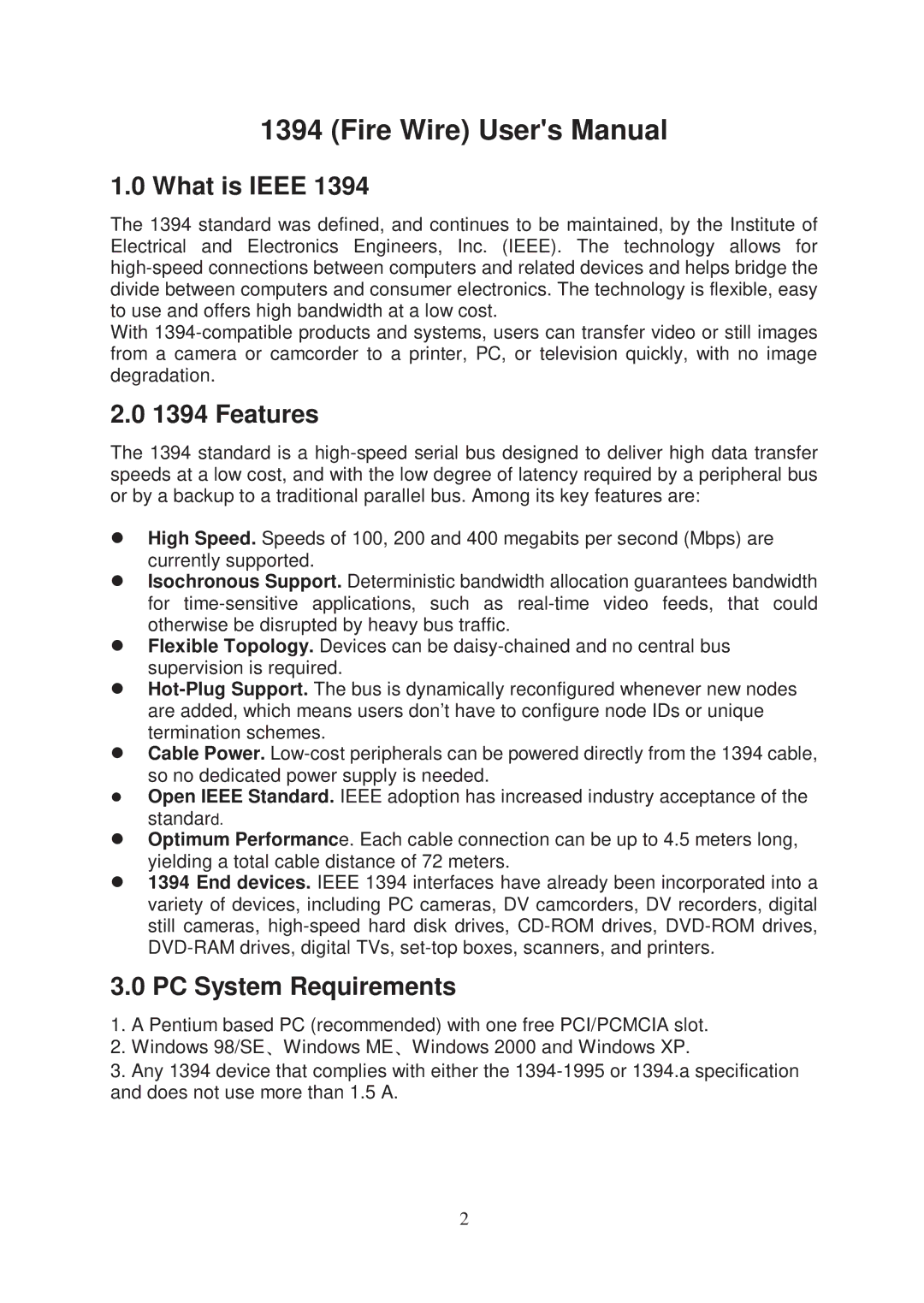70914 specifications
The Lindy 70914 is a high-quality, reliable multimedia switch that has garnered attention for its robust features and cutting-edge technology. Designed for both professional and personal use, this device is meticulously crafted to meet the demands of diverse audiovisual environments, making it an essential tool for presentations, conferences, and entertainment setups.At its core, the Lindy 70914 is a switch that allows users to seamlessly switch between multiple HDMI sources. With support for various video resolutions up to 4K at 60Hz, it provides impressive image clarity and vibrancy, ensuring that users can enjoy high-definition content without compromise. Its compatibility with various HDMI standards means it's not just a versatile switch; it also supports up to 18 Gbps bandwidth, making it ideal for high-speed data transfer required for modern multimedia applications.
One of the standout features of the Lindy 70914 is its built-in audio management system. Users can easily route audio signals independently from video, enabling tailored setups for different environments. This is particularly useful in conference settings where video content is presented alongside separate audio inputs.
The switch also incorporates advanced EDID (Extended Display Identification Data) management, allowing it to detect and communicate the best display settings for connected devices. This feature ensures that users don’t have to worry about compatibility issues, as the switch can adapt to various monitors and TVs automatically.
User-friendliness is another highlight of the Lindy 70914. The device is equipped with a simple push-button interface that allows for effortless switching between sources. Additionally, it comes with a remote control, providing convenience for users who prefer to control their setups from a distance.
Construction-wise, the Lindy 70914 is housed in a durable metal chassis, enhancing its longevity and resistance to wear and tear. Its compact design allows for easy integration into existing setups, whether it be in a home theater or a professional meeting room.
Overall, the Lindy 70914 stands out for its versatile functionality, high-quality audio and video support, and user-centered design. Its combination of features makes it an excellent choice for anyone looking to upgrade their multimedia switching capabilities, providing the reliability and performance required for modern audiovisual demands.
